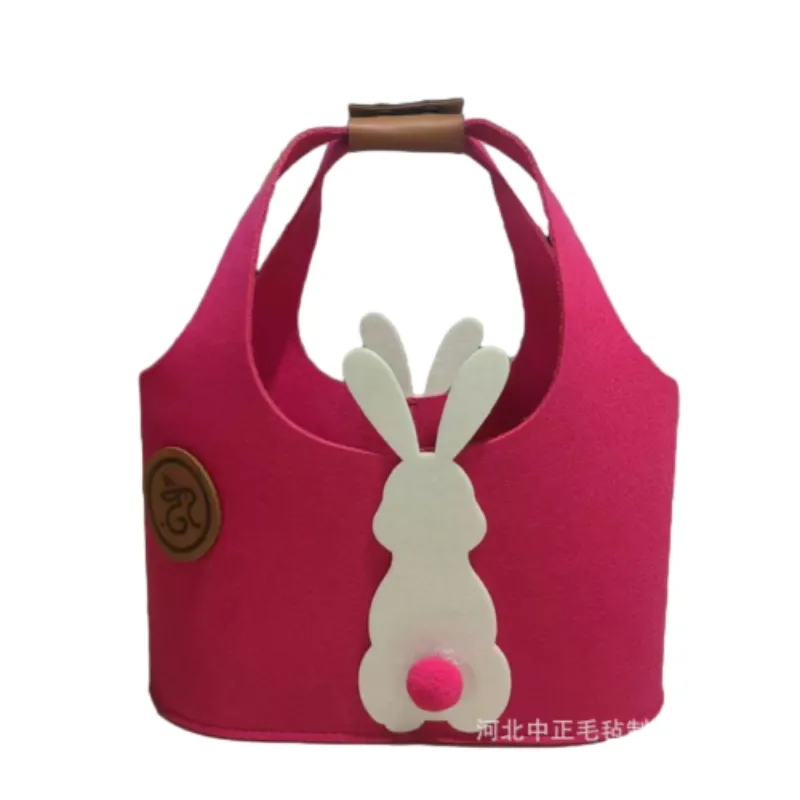Wool Dryer Balls Not Effective in Reducing Static Electricity Issues in Laundry
Wool Dryer Balls The Myth of Static Prevention
Wool dryer balls have surged in popularity as a sustainable alternative to traditional fabric softeners and dryer sheets. Promoted as eco-friendly, reusable, and effective at reducing drying time, many people have turned to these natural products for their laundry needs. However, a common misconception persists that wool dryer balls can effectively prevent static cling. Let’s delve into this topic and explore why relying solely on wool dryer balls for static reduction may not be the best strategy.
First, it’s important to understand how wool dryer balls work. These balls are designed to tumble through the dryer with your clothes, helping to separate fabric and create space for hot air to circulate. This action can indeed lead to decreased drying time and fewer wrinkles, making laundry day a bit easier. However, when it comes to static cling, the science is less straightforward.
Static electricity occurs when there is a build-up of electrical charge. This charge develops in dry environments or when fabrics rub together, often during the drying process. While wool dryer balls can help to some extent by reducing the friction between fabrics, they do not inherently eliminate the conditions that cause static to form. Consequently, in certain situations — particularly with synthetic fabrics, which are more prone to static — the use of wool dryer balls alone may not be enough to prevent static cling.
wool dryer balls not preventing static

Many people have reported experiencing static even when using wool dryer balls. This is particularly true when drying synthetic or moisture-wicking materials, which can become charged during the drying cycle. In these cases, the combination of low humidity and the properties of the fabrics can lead to significant static build-up.
To combat static cling effectively, it’s beneficial to consider additional measures. Adding a damp washcloth or a few ice cubes to the dryer can help, as the moisture will create steam and reduce static. Moreover, using a fabric softener specifically designed to combat static cling, or opting for dryer sheets alongside wool balls, can offer a more comprehensive solution.
In conclusion, while wool dryer balls have numerous advantages and are a wonderful addition to an eco-conscious laundry routine, one should not overly rely on them for static prevention. Understanding their limitations and employing a combination of strategies will yield the best results. Embrace the benefits of wool dryer balls, but remember that tackling static cling may require a more multifaceted approach.
-
What Makes Felt a Great Choice?NewsNov.19,2024
-
Total Mixed Ration (TMR) Feed for CattleNewsNov.19,2024
-
The Ultimate Guide for Felt Polishing WheelsNewsNov.19,2024
-
Industrial Felt for Various ApplicationsNewsNov.19,2024
-
Felt Makeup Bags and Inserts BagsNewsNov.19,2024
-
Choosing the Right Hotel TowelsNewsNov.19,2024
-
Your Go-To Guide For Affordable Wholesale Wool FeltsNewsOct.31,2024







